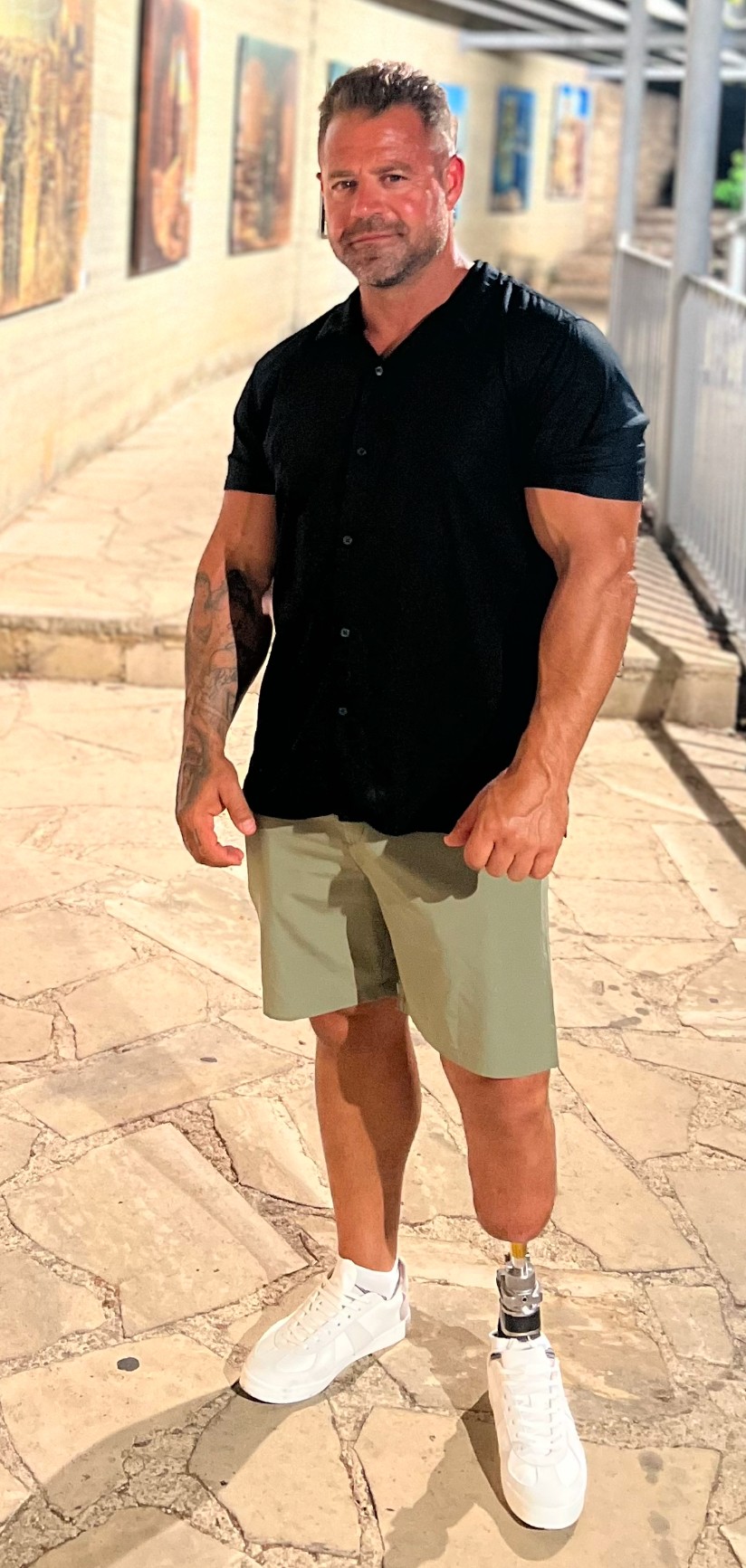Professor Katie Corcoran of the WVU Eberly College of Arts and Sciences will analyze national Medicaid data to evaluate how patients’ gender and race affect doctors’ diagnostic accuracy and speed, asking whether marginalized patients with symptoms that aren’t clear cut are more likely to experience diagnostic delays than patients from non-minoritized groups.
Corcoran will also look at how diagnoses based on ambiguous symptoms are affected when physicians in a network have a high number of patients in common. Denser, more insular networks of patients and doctors may hinder innovative diagnostic thinking, she said.
Supported by more than $400,000 from the National Science Foundation, the project involves collaborators Sydney Martinez at the University of Oklahoma Health Sciences Center and Diego Leal at the University of Arizona.
“Medical diagnostic errors — missed, delayed or inaccurate diagnoses — are responsible for up to 80,000 hospital deaths in the United States annually,” Corcoran said. “Some conditions are difficult to diagnose because symptoms are easy to confuse with other conditions, especially for rare diseases with which physicians are inexperienced.”
When doctors “hear hooves,” she said, “they look for horses, not zebras.” That means they usually focus on symptoms’ most common causes. But when a rare disease requires swift treatment, tunnel vision can be fatal.
Why wait?
Corcoran said she believes that in cases involving diagnostic uncertainty, doctors’ unconscious biases can affect their diagnoses.
“Women are more likely than men to have physical symptoms assigned to psychological causes,” she said, “and studies show doctors rate minoritized patients as less intelligent and trustworthy. For diseases with ambiguous symptoms, those patients may be more likely to wait for the right diagnosis.”
She also suspects the “density” of patient-physician networks is a roadblock to accurate diagnosing.
“Physicians are connected through the patients they share. If we look at a given group of physicians who see many of the same patients, then that’s a denser network. A lot of research shows the more interconnected physicians are, the better for patients, because information is shared more efficiently.
“But one of the things we’ll study is the idea that, for rare diseases, more dense, cohesive networks might not be better. To diagnose a rare disease, you want access to innovative approaches and non-redundant information. In patient-physician networks that are more disconnected, physicians can access different ideas across networks.”
What’s luck got to do with it?
The congenital birth defect intestinal malrotation will serve as Corcoran’s case study for rare diseases throughout the study. Resulting from incorrect positioning of the bowels during gestation, intestinal malrotation can cause a potentially fatal “volvulus,” or twisting of the intestines. Prompt diagnosis is critical, but delays and misdiagnoses are common.
The condition can be diagnosed at any age, but because it develops in utero, most diagnoses are in infants. In 2018, that included Corcoran’s own newborn.
“He was around six days old when he started experiencing symptoms,” she said. “Then when he was about nine days old, it seemed like it might be serious. His vomit was neon yellow — although green bilious vomit is the ‘classic symptom’ doctors are trained to associate with intestinal malrotation. He seemed like he was in pain, and his stomach was distended.
“We thought he had a bug and considered not taking him in, which could have been fatal. But we ended up taking him to J.W. Ruby Memorial Hospital, and thankfully a resident decided to check for this very rare condition.”
Corcoran’s son was found to have a volvulus and was rushed into surgery. Because it was caught so quickly, there was no lasting damage. In fact, after the surgery, the surgeon told Corcoran she should buy a lottery ticket in her son’s name because he was such a lucky child.
“I asked why, and he said because in his entire time practicing, he’d never seen it caught this early. When we saw him at the follow-up, he said it again – ‘This is the luckiest kid alive.’
“I wanted to know why a medical professional was telling me my son is alive because he’s lucky. We know the symptoms of this condition and have a safe, reliable method of diagnosing it, so why does somebody have to be lucky to receive the care they need? It didn’t make sense.”
Patient empowerment
Corcoran began connecting with internet support groups, talking with other parents whose children had the condition.
On Facebook, she met epidemiologist Sydney Martinez of the University of Oklahoma Health Sciences Center, who became Corcoran’s research partner.
From Martinez and fellow online community members, Corcoran learned many children’s experiences differed from the medical literature. Like Corcoran’s son, Martinez’s daughter and others had gastrointestinal symptoms such as pain and diarrhea long after surgery, which conventional medical wisdom says shouldn’t happen.
Martinez, Corcoran, Boston Children’s Hospital and the Intestinal Malrotation Foundation developed and launched IMPOWER: a national intestinal malrotation registry generated by patients, not providers. Patients or their families complete a survey that will help document how their symptoms diverged from what’s taught in medical school.
The goal is to create a consistent standard of care, so a given set of symptoms automatically triggers the tests needed to diagnose intestinal malrotation.
Over the past year, Corcoran and Martinez have received more than $700,000 to support multiple research collaborations, including the NSF funding. Although she never bought that lottery ticket, Corcoran said she feels “like these grants are us winning the lottery. Now we can really study what’s creating these delays.”


